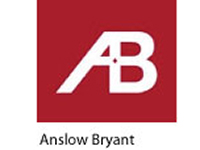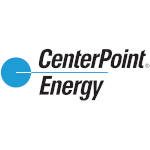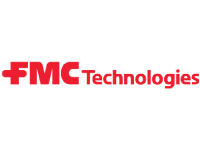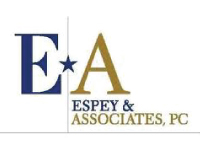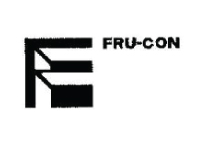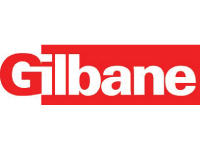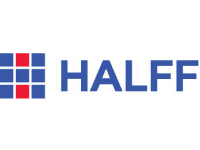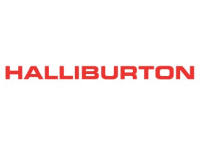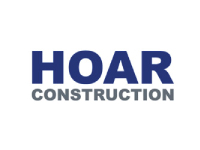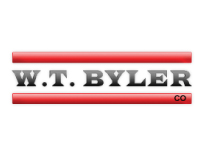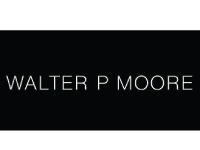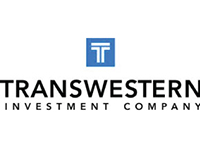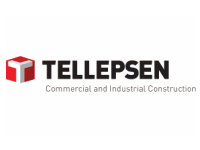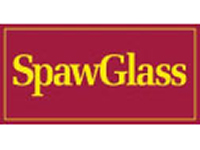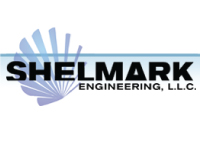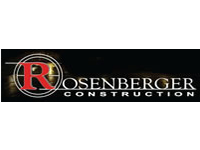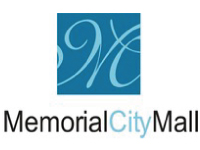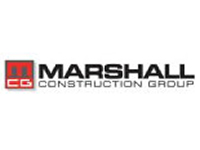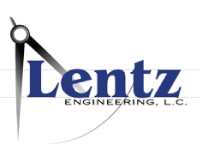Encore Panther Island
Within the swales are a series of forebays that pond stormwater behind earthen berms, at the bottoms of which are 10” pipes that allow low flows through and extend time of concentration for larger...
Like any other investment into your property, a return on that investment needs to be understood. At Construction EcoServices, we understand that and focus our efforts in consulting our clients around that return. Rainwater harvesting is no different. The common misconception is that a rainwater harvesting systems return on investment is in excess of twenty years. While this can be true, we have found that does not have to be the case. A basic understanding of how the supply and demand of rainwater harvesting works and looking at daily historical rainfall data, you can very easily drive the return on investment to 5 to 10 years. Adding a consistent supply of reclaimed water like condensate, can further drive the ROI into the single digits.


“As a designer, I am looking for versatile solutions to solve many problems. R-Tank is that solution, especially for urban redevelopment, areas with high density and campus projects where space is limited and you never know what might be underground. The R-Tank’s modular flexibility gives me ample design flexibility, and gives our field crews the ability to make incremental adjustments in the field without any construction delays. The system is also strong, with options capable of supporting a fire truck with only 12” of cover.”
– Roger Blair
Design Specialist, Stormwater Systems
 Underground Stormwater Storage
Underground Stormwater StorageR-Tank® detention/retention and infiltration systems are among the most efficient systems available to provide underground storage for stormwater runoff. After a rain event fills the R-Tank®, stormwater can be routed to the drainage system, infiltrate into the ground, or be recycled for rainwater harvesting. The R-Tank® system provides an alternative to stormwater basins and is a highly effective, space saving alternative to other underground systems.
Smaller Construction Footprint
Design & Construction Versatility
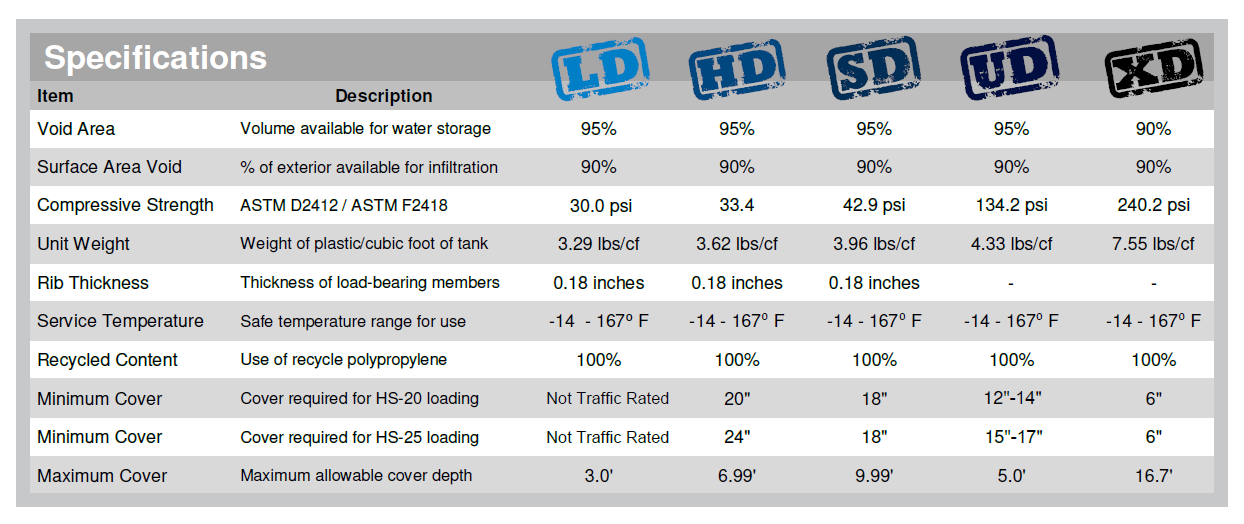
Combining with low impact design & green infrastructure
Within the swales are a series of forebays that pond stormwater behind earthen berms, at the bottoms of which are 10” pipes that allow low flows through and extend time of concentration for larger...
Within the swales are a series of forebays that pond stormwater behind earthen berms, at the bottoms of which are 10” pipes that allow low flows through and extend time of concentration for larger...
Structural soil cells from Citygreen, called Stratavault, were chosen to provide 50,000 CF of soil for all the trees in the park. Stratavault is a modular design that provides structural support for...
How do you manage stormwater runoff from a 19th century building in an urbanized downtown location? The City of New Orleans requires developments over 5,000 SF to detain and treat the first 1.25”...
The LID solution nearly eliminated the need for a detention pond altogether and in the process gained three additional lots, or 15% more homes.
...The civil engineers were tasked with managing and treating 1,000 cubic feet of stormwater runoff within a 1,200 square foot area, most of which is a parking surface.
...The building was over 150 years old and was limited on space, so how could heavy excavation equipment be used?
...Working with Construction EcoServices, the engineers at EHRA, Inc. rescued this project using Low Impact Development (LID).
...
“From my perspective, when it comes to economical underground detention solutions, the answer is simple, StormChamber. There are no header rows, no special weirs or additional infrastructure, and the install is fast and simple. The best thing is that there are no hidden costs at the end of the project.”
– Trent Malone
Assistant Project Manager, Stormwater Systems
![]() StormChamber stormwater chambers are an efficient, effective, economical solution to underground detention and stormwater conveyance. They are easier to install than other types of chamber systems and offer a longer effective life than corrugated metal pipe. StormChamber utilizes the same basic corrugated arch shape as other chamber systems but can exceed the AASHTO H20 wheel load rating by over 4 times. In addition, StormChamber features a side-portal feed that provides greater flexibility in engineering and hydraulic design, eliminating the need for expensive header pipe systems.
StormChamber stormwater chambers are an efficient, effective, economical solution to underground detention and stormwater conveyance. They are easier to install than other types of chamber systems and offer a longer effective life than corrugated metal pipe. StormChamber utilizes the same basic corrugated arch shape as other chamber systems but can exceed the AASHTO H20 wheel load rating by over 4 times. In addition, StormChamber features a side-portal feed that provides greater flexibility in engineering and hydraulic design, eliminating the need for expensive header pipe systems.
No additional structures required
Construction Economics
Other Considerations
Within the swales are a series of forebays that pond stormwater behind earthen berms, at the bottoms of which are 10” pipes that allow low flows through and extend time of concentration for larger...
Within the swales are a series of forebays that pond stormwater behind earthen berms, at the bottoms of which are 10” pipes that allow low flows through and extend time of concentration for larger...
Structural soil cells from Citygreen, called Stratavault, were chosen to provide 50,000 CF of soil for all the trees in the park. Stratavault is a modular design that provides structural support for...
How do you manage stormwater runoff from a 19th century building in an urbanized downtown location? The City of New Orleans requires developments over 5,000 SF to detain and treat the first 1.25”...
The LID solution nearly eliminated the need for a detention pond altogether and in the process gained three additional lots, or 15% more homes.
...The civil engineers were tasked with managing and treating 1,000 cubic feet of stormwater runoff within a 1,200 square foot area, most of which is a parking surface.
...The building was over 150 years old and was limited on space, so how could heavy excavation equipment be used?
...Working with Construction EcoServices, the engineers at EHRA, Inc. rescued this project using Low Impact Development (LID).
...I believe I started using your firm back in 2004/05, and haven’t ever regretted that decision.
ECO is well organized, detailed-oriented and has remarkable responsiveness when service requests are needed. In all our diversity we depend highly on. ECO to maintain their responsibilities they have become one of our most valuable and dependable assets of our organization for over eight consecutive years.
They are the first call I make when I need cutting edge information on green infrastructure implementation options and resources and they have always been willing and able to help.
WT Byler trusts the knowledge and expertise of Construction EcoServices for Stormwater Compliance on our projects.
